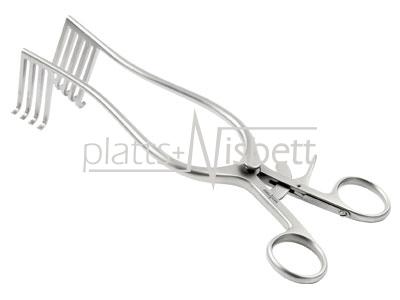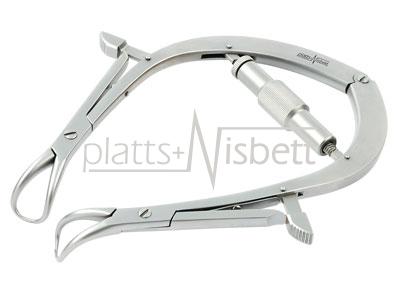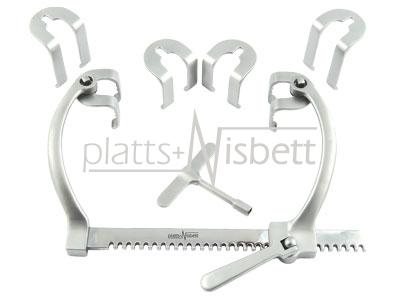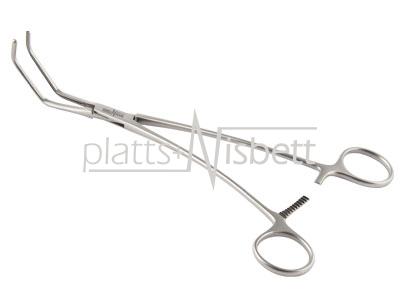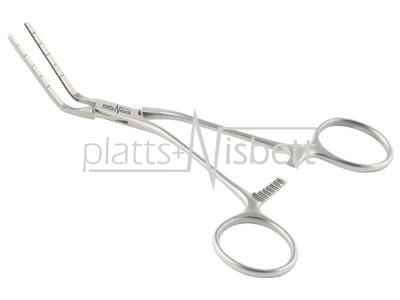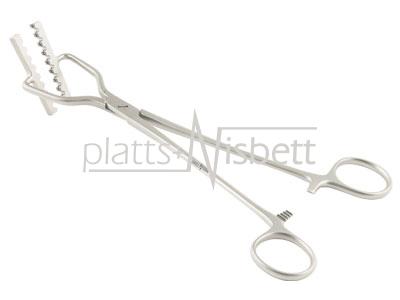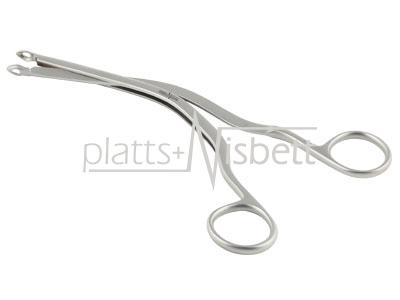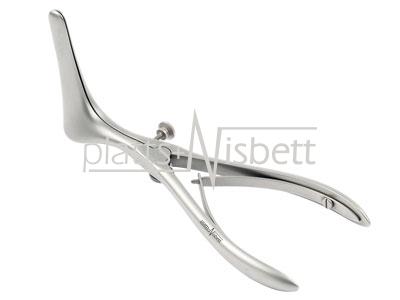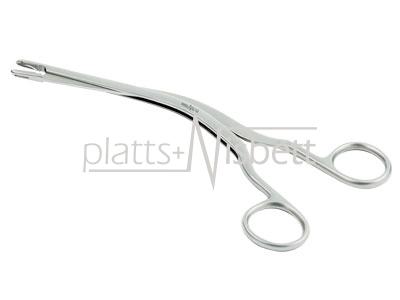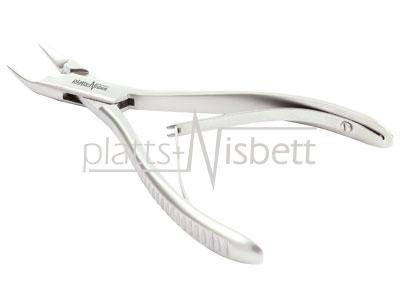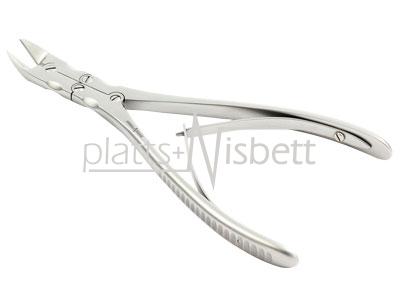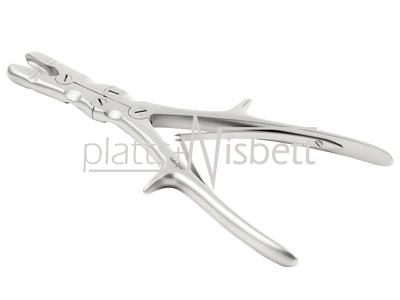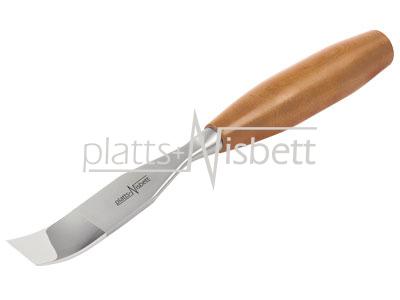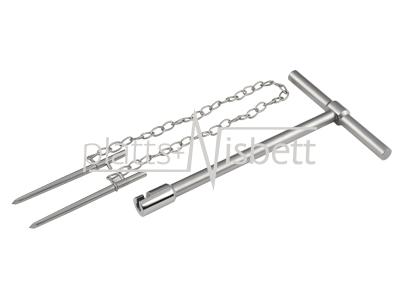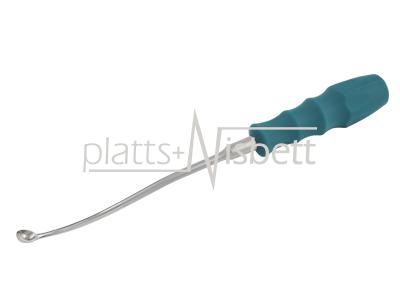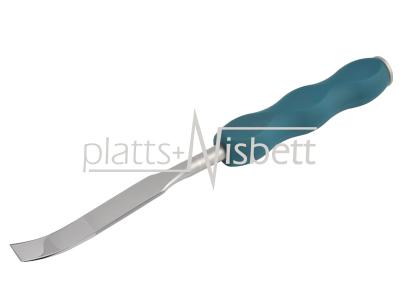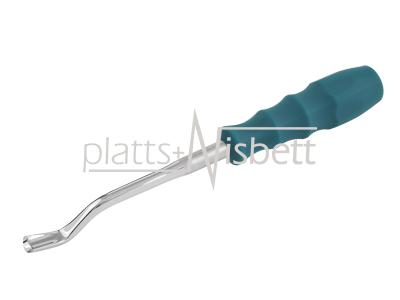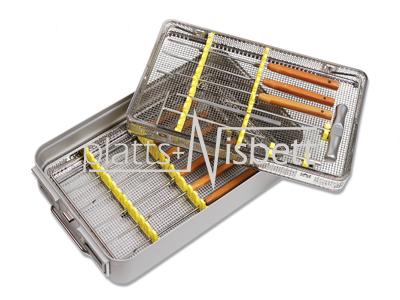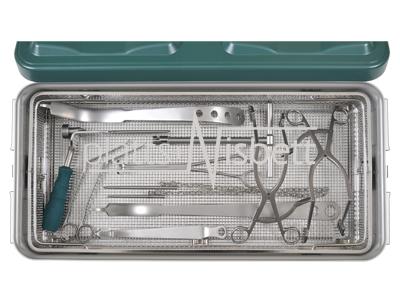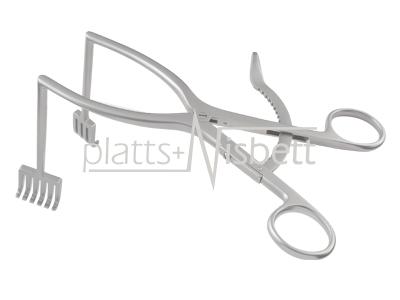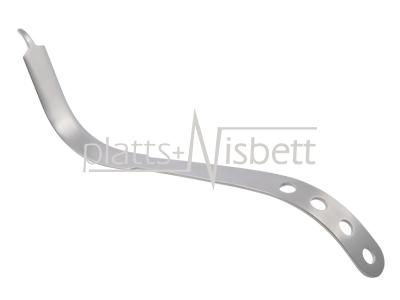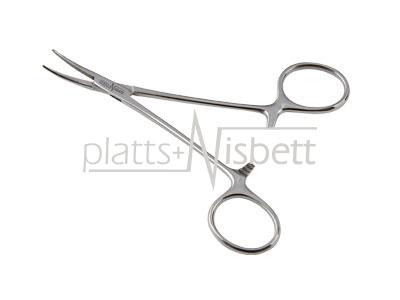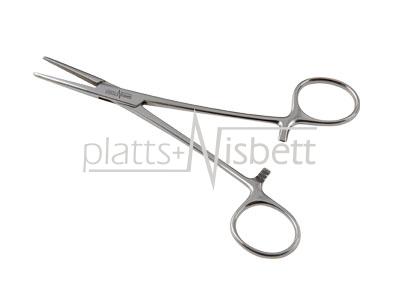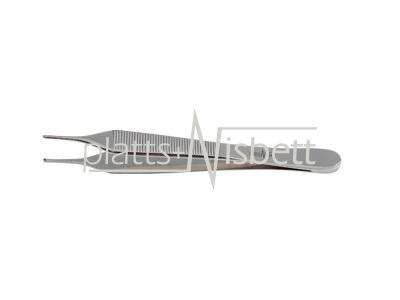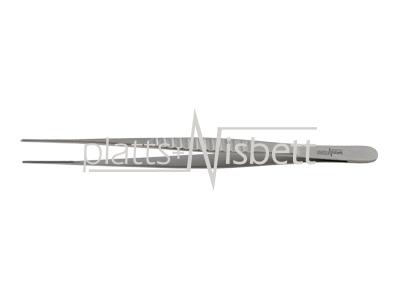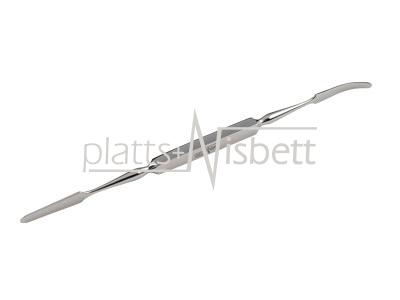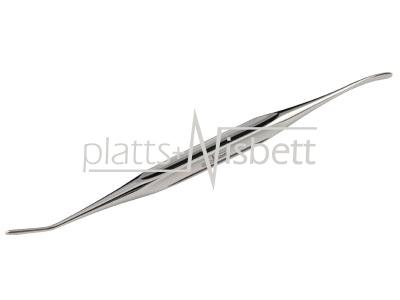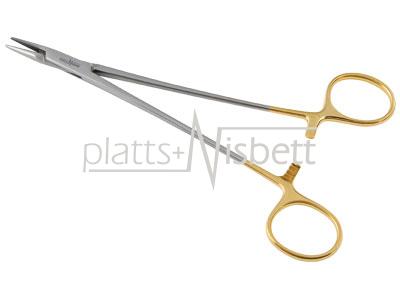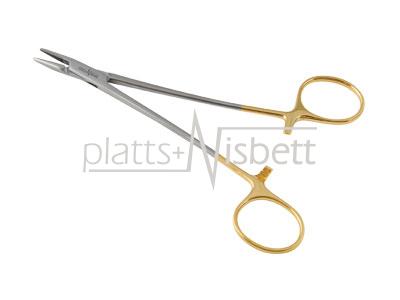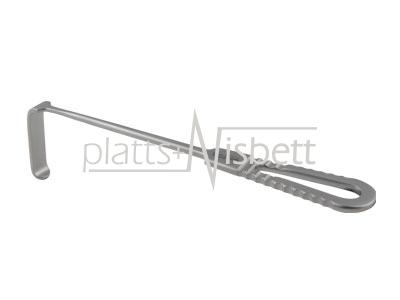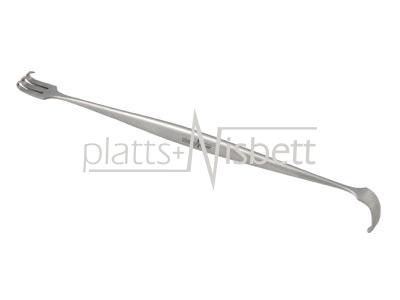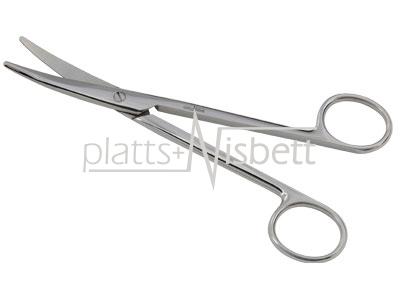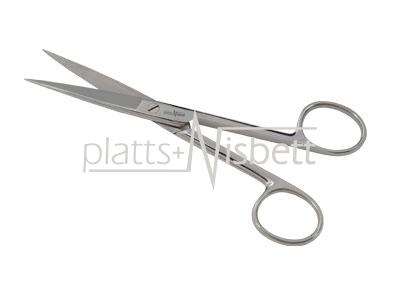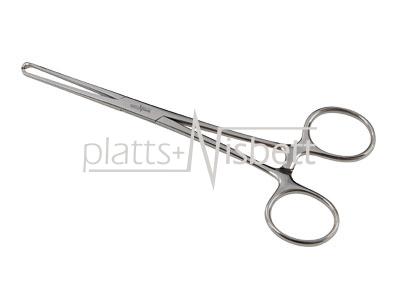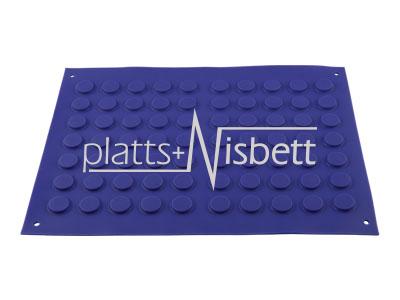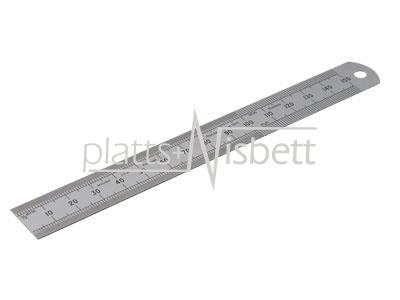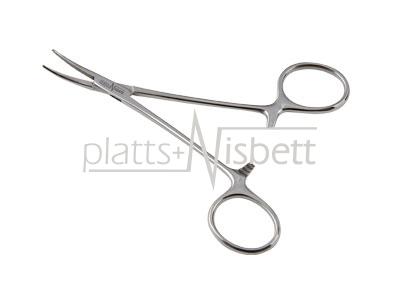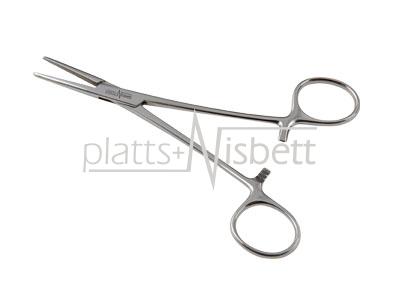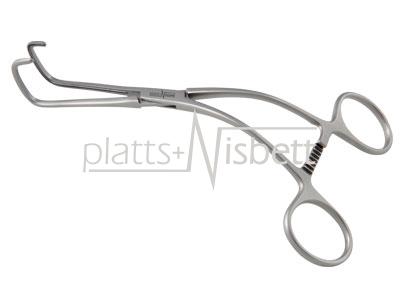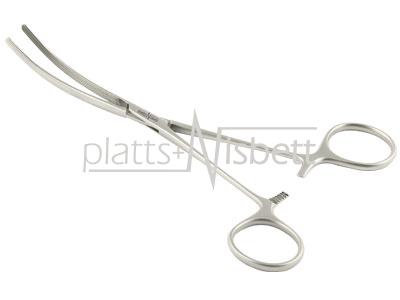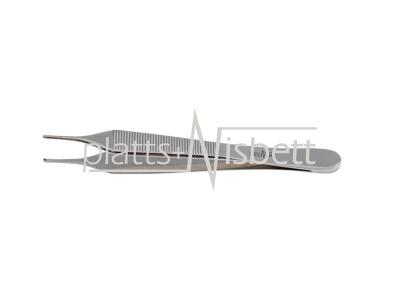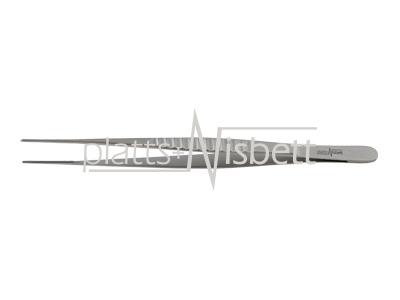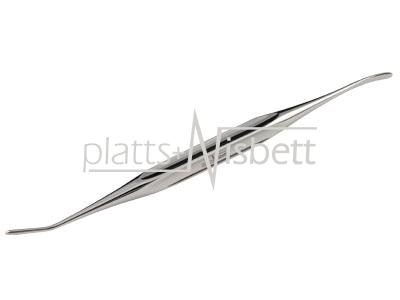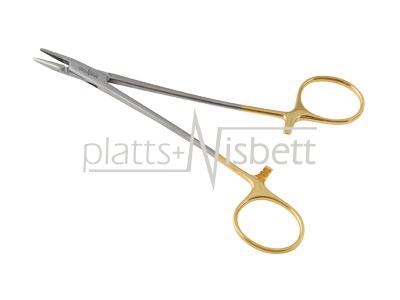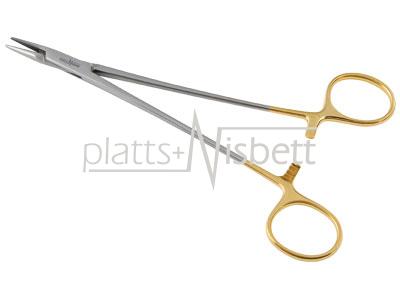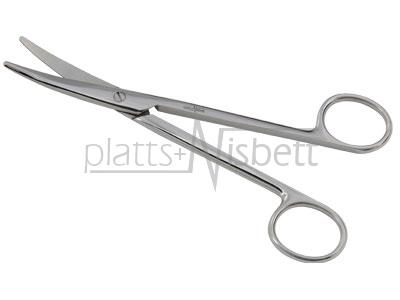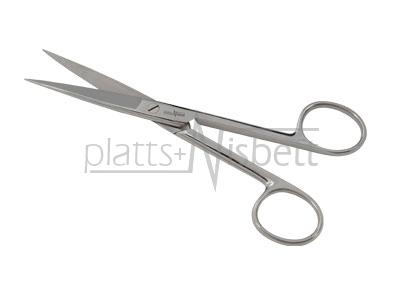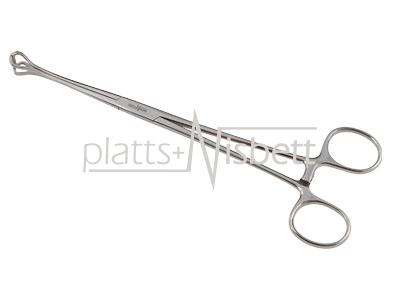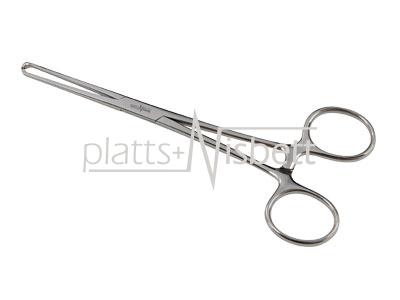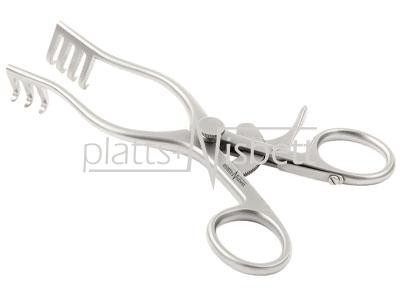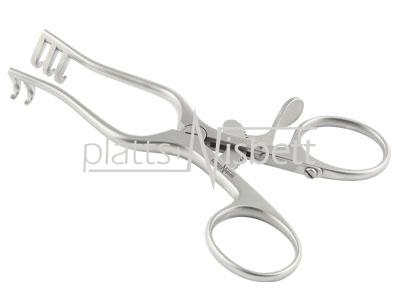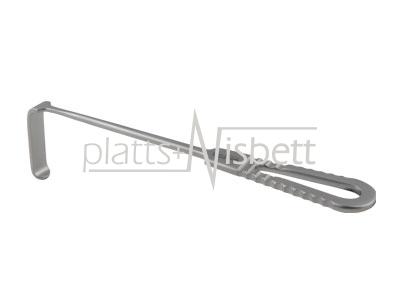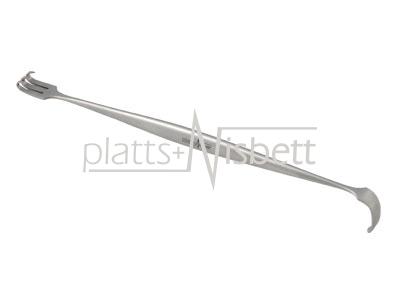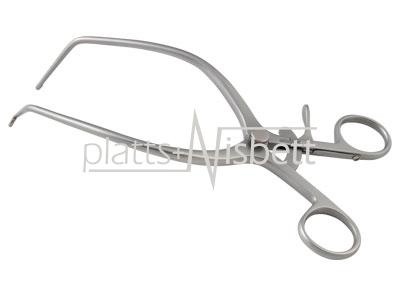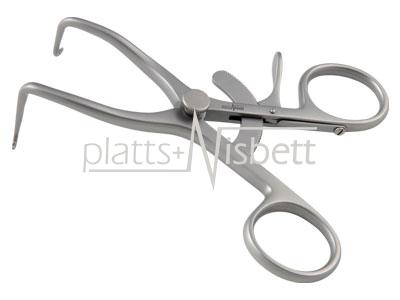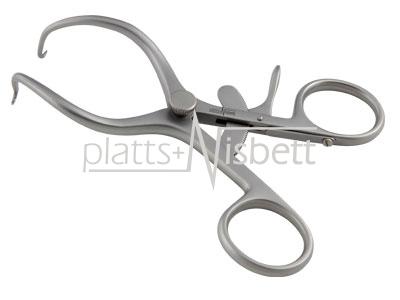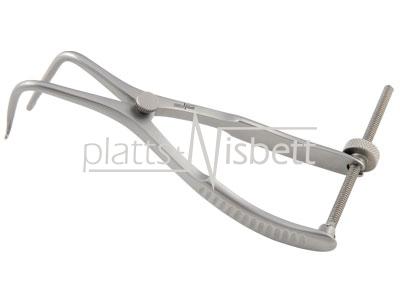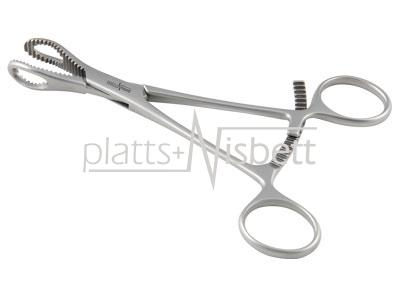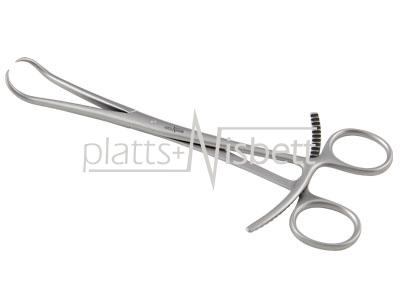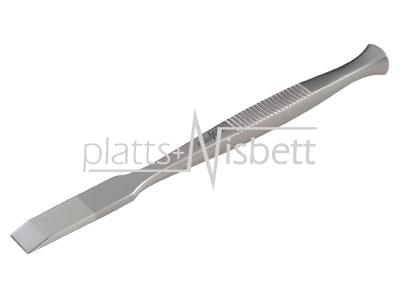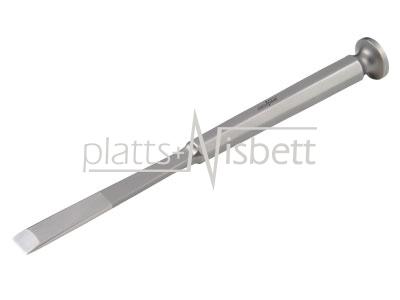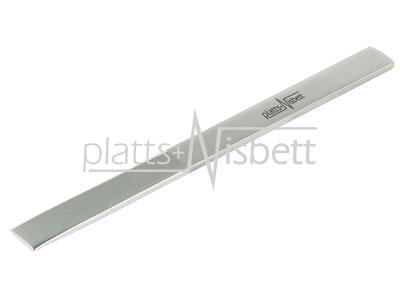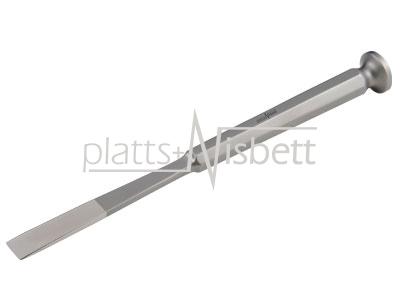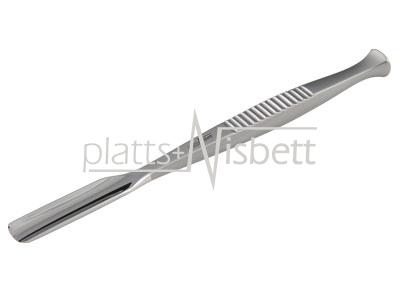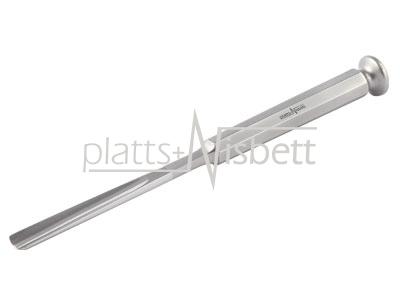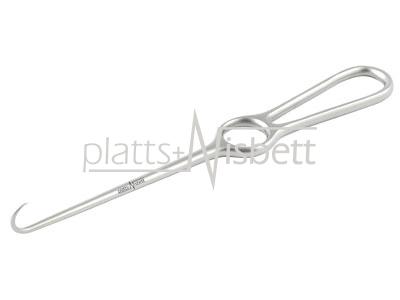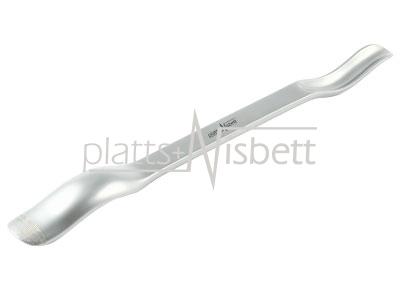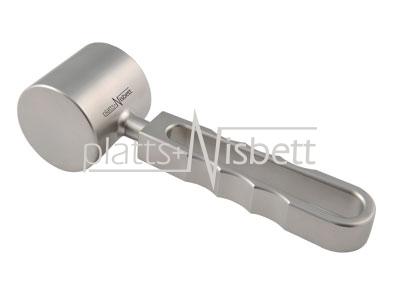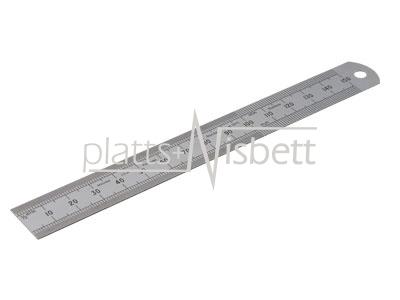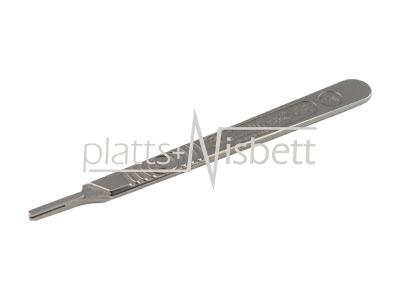Surgery in 2500BC
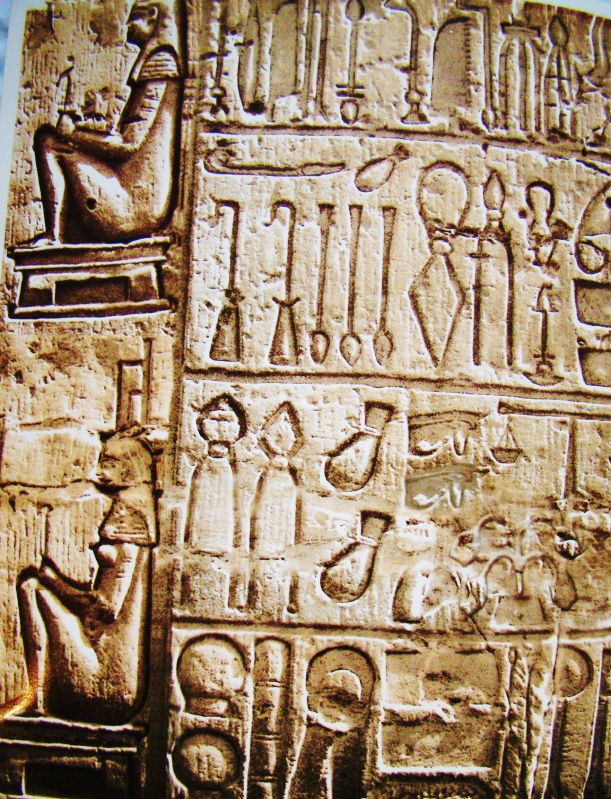
Surgical instruments have evolved over thousands of years, allowing advancements in surgical techniques to save millions of lives. Small copper knives dating back to 3000BC are believed to be some of the first surgical instruments on record.
The ancient Egyptians recorded surgical procedures as early as 2500BC. The earliest written representation of surgery is that found in Egyptian ruins and early papyri. A number of minor procedures are noted, including the practice of circumcision, which is the only surgical procedure referred to in the Bible. Knives with stone blades were used, as flint or obsidian edges could be sharpened easily. Later on the Egyptians fashioned sharper instruments with a new metal which was copper. They designed special tools to remove the brain from the skull when preparing bodies for mummification.
When metal instruments were finally used, cauterisation was often performed. In some procedures the blade was heated until it glowed red, and then used to make incisions. This made a cut and sealed the blood vessels which limited bleeding.
The Edwin Smith Papyrus, which was discovered in 1862 is probably one of the most important Egyptian medical documents found to this date. It was written in about 1600BC, and reflects medicine practiced as far back as the thirtieth century BC. The papyrus contains information regarding 48 individual cases describing medical examinations and procedures, and the surgical instruments used. It shows in detail the suturing of non-infected wounds with a needle and thread.
In recent excavations close to the pyramids, the city of the craftsmen (the builders of the pyramids) was found. The remnants of their skeletons show simple and multiple limb fractures, with signs of complete healing with good realignment of the bone. This indicates they had been set correctly, possibly with a splint. Two skeletons show amputations with healed bone ends, also suggesting a successful surgery.
In the temple of Sobek there are reliefs of medical instruments, notably bone saws, knives, retractors and chisels, with a collection of 37 instruments being engraved on a wall in the temple of Kom-Obo.
A collection of surgical instruments including scalpels, scissors, copper needles, probes and forceps can now be viewed in Cairo Museum.
